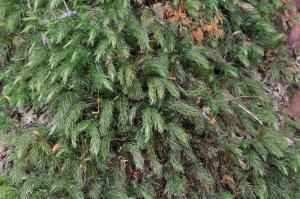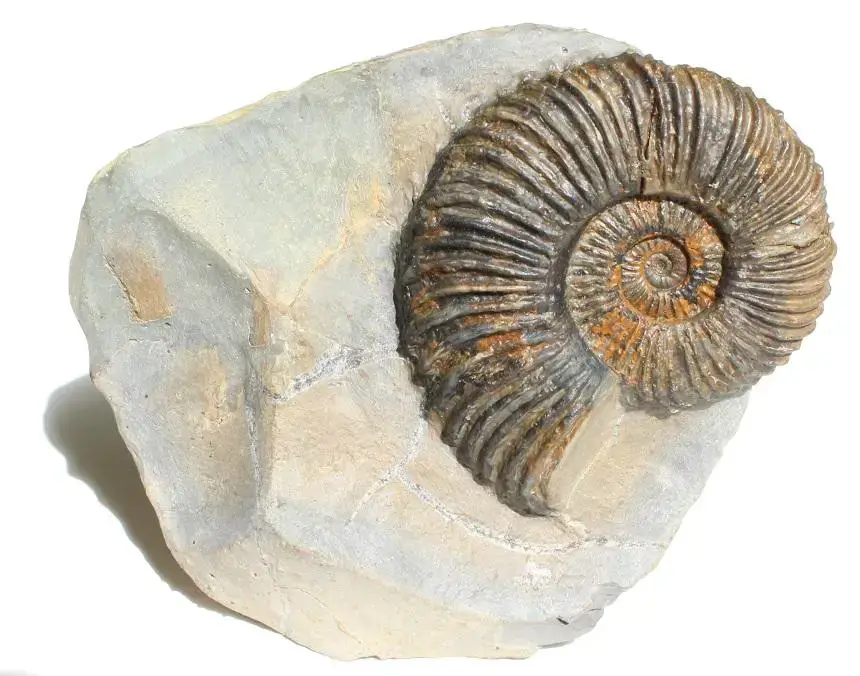
a1edd46b6862f83cbfca83d4a1f4dd5d.jpg from: https://openmuseum.tw/muse/digi_object/d09c4cd9713aa3ed3d33a06d0ff339cf
Exploring the Fascinating World of Schlotheimia angustata Mitt. Moss
Introduction
Mosses are often overlooked, but they play crucial roles in ecosystems around the world. One particularly interesting species is Schlotheimia angustata Mitt.

schlotheimia_angulata_schlotheim_1820__20150712_1717623308.jpeg from: http://steinkern.de/steinkern-de-galerie/sonstige-fundorte-lias/schlotheimia-angulata-schlotheim-1820-13212.html
, a moss in the Orthotrichaceae family. In this blog post, we’ll dive into the details of this fascinating plant, from its morphology to its ecological importance. Get ready to discover the hidden wonders of Schlotheimia!
Background
Schlotheimia angustata Mitt. is a species of moss classified in the Bryophyta division and Bryopsida class. The Orthotrichaceae family, to which it belongs, contains around 27 genera and over 400 species worldwide. Mosses in this family are known for their small size and preference for growing on trees or rocks.
Morphology and Identification
Schlotheimia angustata forms small tufts or cushions, typically reaching heights of 1-2 cm. The leaves are lanceolate (lance-shaped) and have a strong midrib. Under a microscope, you can see that the leaf cells are rounded-quadrate. The seta (stalk) is very short, making the capsules appear to sit directly on the leaves.
One key identification feature is the hairy calyptra (cap) that covers the capsule. The calyptra has numerous hairs or cilia, giving it a shaggy appearance. The capsules themselves are cylindrical and ribbed when dry.
Global Distribution and Habitat
This moss has a wide distribution, being found in tropical and subtropical regions of Africa, Asia, Australia, and the Americas. It grows as an epiphyte on tree bark and branches in moist forests and woodlands. Schlotheimia angustata prefers partial shade and high humidity.
Ecological Roles and Adaptations
Like other mosses, S. angustata plays important roles in its ecosystem:
- Moisture retention: The dense cushions help trap and retain moisture, regulating humidity in the microenvironment.
- Nutrient cycling: As the moss decomposes, it releases nutrients back into the ecosystem.
- Habitat for microorganisms: The spaces between the leaves provide shelter for various microorganisms.
The hairy calyptra is an adaptation that helps protect the developing sporophyte from damage and desiccation. The short seta keeps the capsules close to the main plant body, minimizing water loss.
| Feature | Description |
|---|---|
| Division | Bryophyta |
| Class | Bryopsida |
| Family | Orthotrichaceae |
| Genus | Schlotheimia |
| Species | S. angustata |
| Growth form | Tufts or cushions |
| Leaf shape | Lanceolate |
| Calyptra | Hairy |
| Capsule shape | Cylindrical, ribbed when dry |
Conclusion
Schlotheimia angustata Mitt. may be small, but it is a prime example of how mosses have evolved to thrive in their environments. From its shaggy calyptra to its moisture-retaining cushion growth form, every aspect of this species is finely tuned. The next time you’re in a tropical forest, take a closer look at the trees – you might just spot a patch of Schlotheimia going about its business of being an unsung hero of the ecosystem. What other secrets might these tiny plants be hiding?